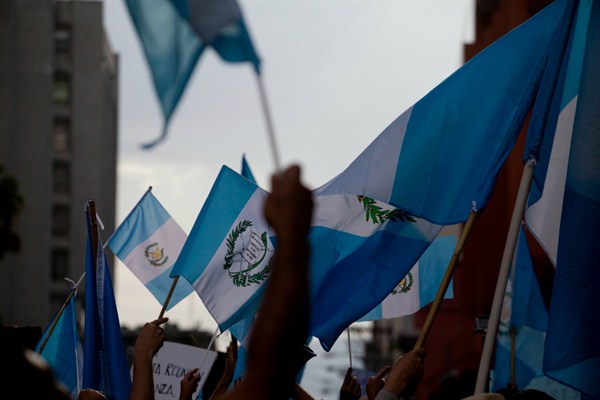The governments of Guatemala, Honduras and El Salvador in Central America’s so-called Northern Triangle have been under considerable domestic and international pressure to address rampant corruption since high-ranking officials were exposed in 2015. How did they fare in 2016?
Guatemala’s track record has been the best, thanks in large part to the International Commission Against Impunity in Guatemala, or CICIG, which was created in 2006 by a joint agreement between the Guatemalan government and the United Nations. It has not only investigated and prosecuted sensitive cases, including the high-profile and bizarre killing of Rodrigo Rosenberg, who had arranged for his own death in an effort to bring down former President Alvaro Colom. In 2015, a CICIG investigation led to the resignation of President Otto Perez Molina and Vice President Roxana Baldetti, who were formally charged for their role in an embezzlement and money-laundering scheme known as La Linea. Along with more than two dozen other officials, Perez Molina and Baldetti were also charged in an illicit campaign scheme that CICIG described as the “co-optation of the state.”
But La Linea and related scandals were reportedly just the tip of the iceberg. CICIG recently announced that major corruption cases would be revealed in 2017. What’s particularly remarkable about the scandals in Guatemala is that they were all carried out with CICIG in the country, demonstrating a stunning amount of hubris by the Guatemalan ruling elite.

